Sometimes, we struggle with one specific knife in our kitchen and knife set. For many, it’s not
just knowing the knife’s name but its use. Usually, regular people and even chefs struggle with a boning knife.
Though the name gives away all the details, you may have asked yourself, “What is a boning
knife used for?” In practice, a boning knife offers more functions than its name suggests. This is because most of the best kitchen knives serve more than one function.
So, what is a boning knife used for? While kitchen knives offer endless possibilities, boning
knives offer specific usage. We’ve compiled an informative guide to answer this question,
including the pros and cons to look out for while using the knife.
What Is a Boning Knife?
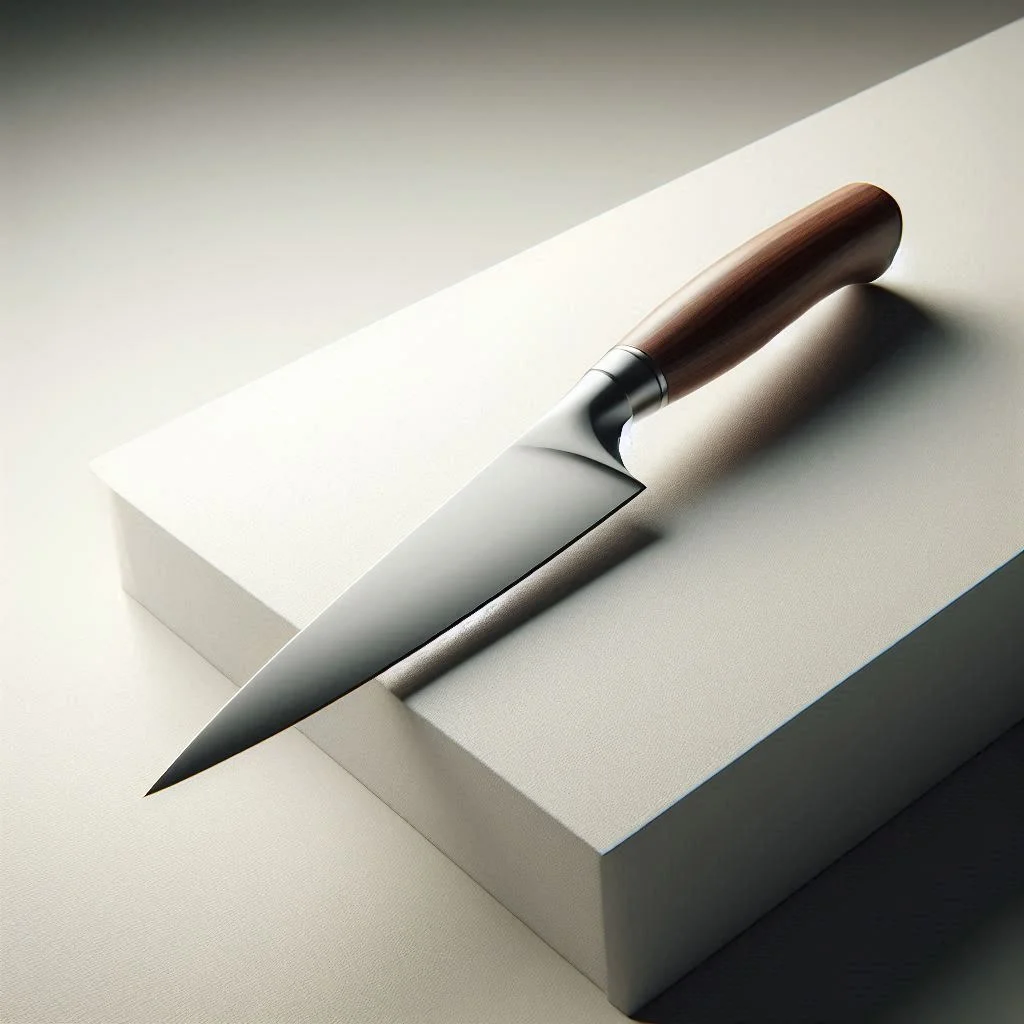
A boning knife is a specially designed knife or blade to remove bones from meat cuts. It is
usually five to six inches long and has a slightly narrow appearance that is more than half a
chef’s knife or a santoku’s width.
The boning knife has a slight curve and a pointed tip. It looks like a sword, with its blades
bending upward. The designers carved the knife in this shape to make it easier to sweep under the skin and slide as close to the bone as possible.
What is a Boning Knife Used For?
Understanding the various uses of a boning knife can improve your cooking. Of course, the
most popular use is slicing meat from bones. In the same way, a boning knife thrives best in
trimming ribs, deboning sirloin, and carving ham.
Thanks to the slim blade and prominent taper in a boning knife, you can insert the knife as close to the bone as possible. It lets you draw an accurate line along the contours of the bone. With
this level of control, you get cleaner cuts that separate as much meat as possible from the
bone.
A boning knife is a multi-use tool that comes in handy when you only need a small blade with
substantial length. Some clever uses of a boning knife include:
- Removing Fat and Skin
A thick layer of fat must be removed before cooking meat like pork. A boning knife lets you slice off the fat while leaving the meat intact.
You can also use boning knives to prepare your meat for cooking. With a boning knife, you save a lot of money by cutting your meat the way you want instead of buying it at the butcher’s.
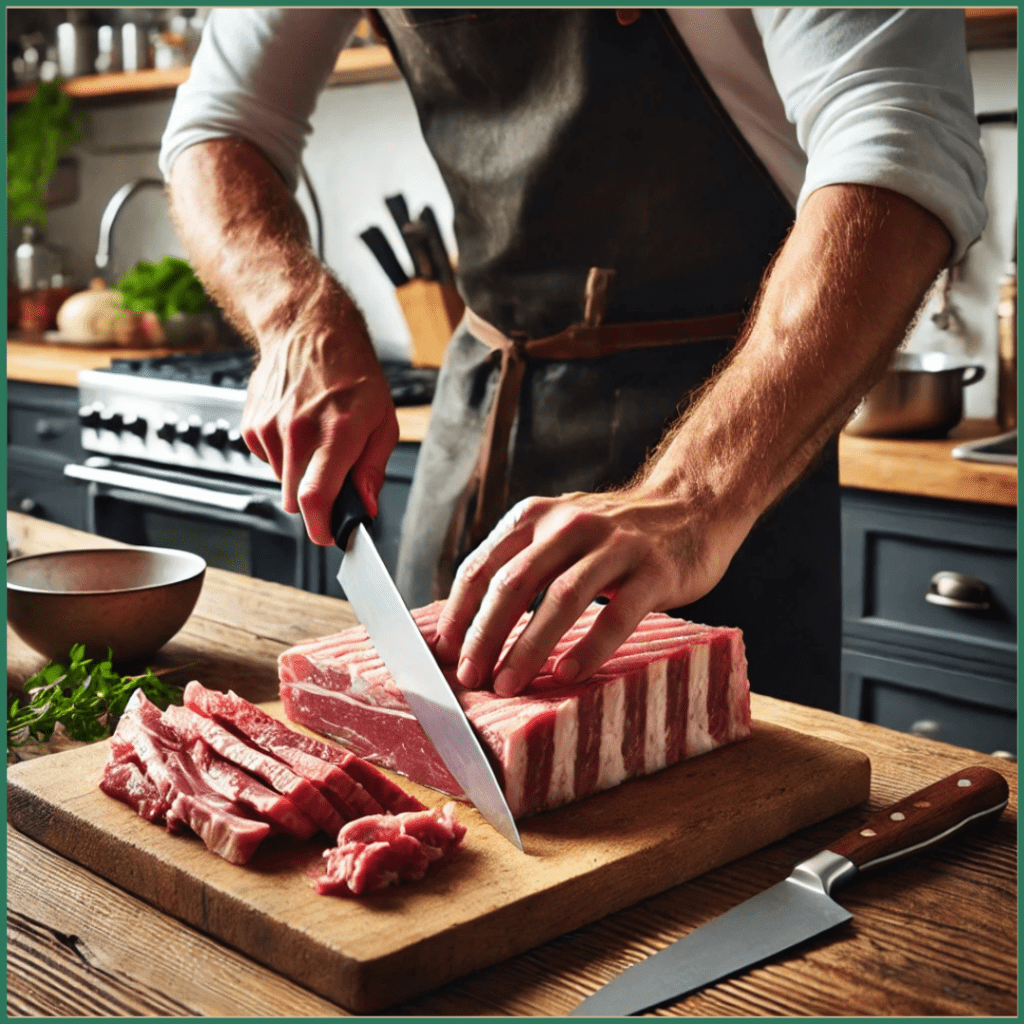
- Carving Cakes
Cutting out shaped cakes can be challenging, and only a boning knife can do it. A paring knife
may be too small, and a chef’s knife can be too wide for refined cuts. But a boning knife has a
blade shape that’s perfect for measured cuts without slicing off too much.
This handy knife works when your cake is well-chilled or frozen. It allows you to remove
unwanted sponges, allowing you to create any sculpture your imagination can dream up.
- Slicing Fruit
A boning knife is excellent for cutting delicate fruit like mangoes. The blade glides smoothly
along either side of the pit and removes soft flesh from the tough rind. Its precision tip is
explicitly made for digging into tight spots.
You can also include coring apples and pears in the catalog of tasks for a boning knife. For the
skillful chef, hollowing out watermelon halves is equally simple. A boning knife allows steady
trimming of the inside for decorative fruit bowls.
- Filleting Fish
If your blade is flexible enough, add “fillet fish” to your many uses for a boning knife in your
kitchen. The blades of a filleting are usually thinner than the average boning knife’s blade. But if you only have a boning knife, you can fill the gap with ingenuity.
The trick with a boning knife is to work your way around the bones, even though a filleting knife is the best tool. Cutting carefully with a boning knife lets you improvise in a pinch.
- Scoring Bread
Adding elegant lines to your luscious loaves may seem surprising. This is true when you
consider what a boning knife is for. But the slim edge and delicate point of a boning knife work like a scalpel. They slice dough in a controlled manner, letting you express your culinary art.
Use a boning knife to slice delicate pastry and rolled fondant. It prevents you from needing
extra blades in your cutlery.
The Pros and Cons of Using a Boning Knife
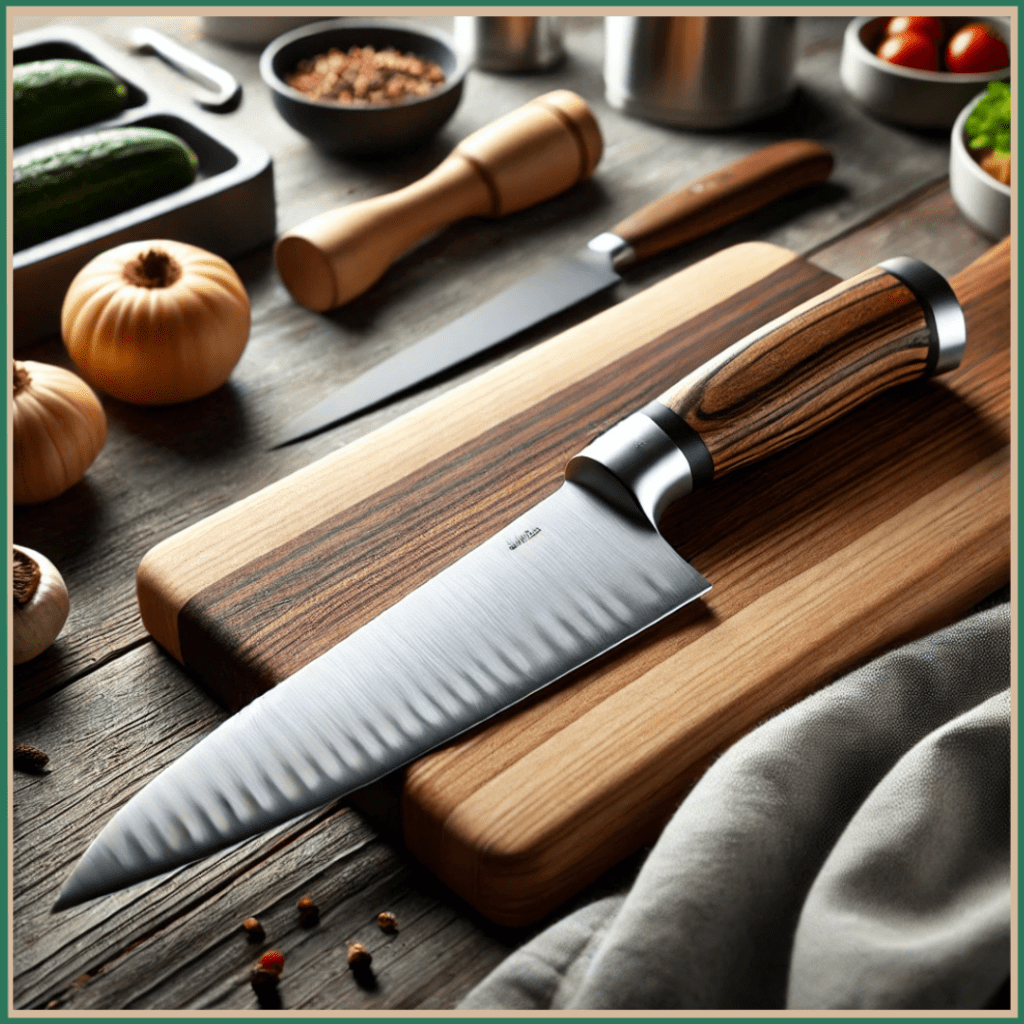
Using a boning knife is not without its positives and negatives. In this section, we’ll look at some of the common pros and cons associated with the use of a boning knife:
Pros of Using a Boning Knife
Overall, a boning knife is a good investment that you can use to do several kitchen tasks.
- A boning knife comes with a rigid blade. The rigidity helps it stay sharp for a long time.
- It enables you to make smooth cuts, even with the most complex joint of beef.
- It’s the reason why you can enjoy your meat
- A boning knife ensures the meat is presentable after cutting and removing.
Cons of Using a Boning Knife
On the other hand, there are a few drawbacks to using a boning knife.
- If you cut a thick piece of meat with a flexible boning knife, you could hurt yourself or damage your knife.
- You may lose control by making intricate cuts with a giant boning knife.
Conclusion
In conclusion, a boning knife is an essential kitchen tool for precise tasks beyond just deboning meat. Its slim, curved blade excels at removing fat and skin, carving cakes, slicing fruit, filleting fish, and scoring bread.
The rigidity of the blade ensures sharpness and smooth cuts, making it a versatile investment
for various culinary needs. However, it’s essential to handle it carefully, especially with thicker
cuts of meat.
Understanding the multifaceted uses of a boning knife can significantly enhance your cooking
experience and efficiency, making it a valuable addition to any kitchen.

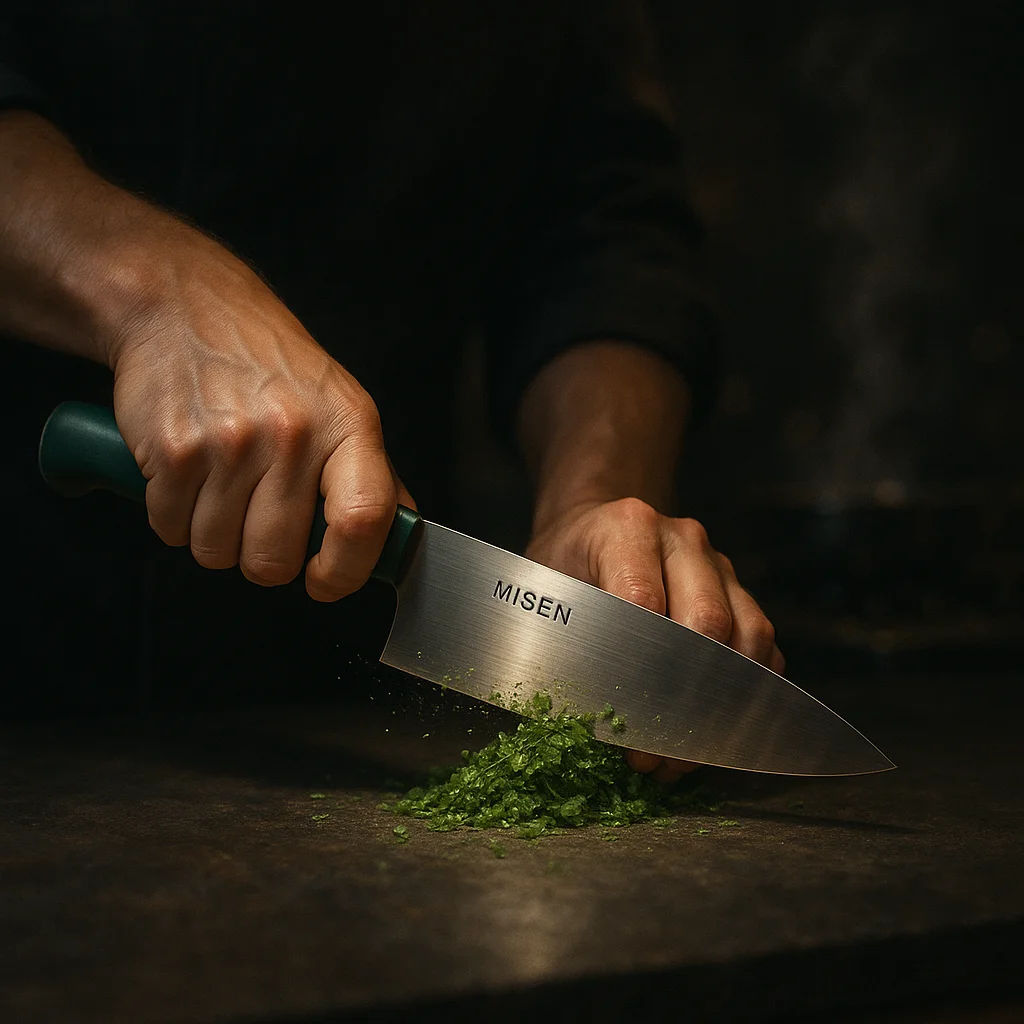
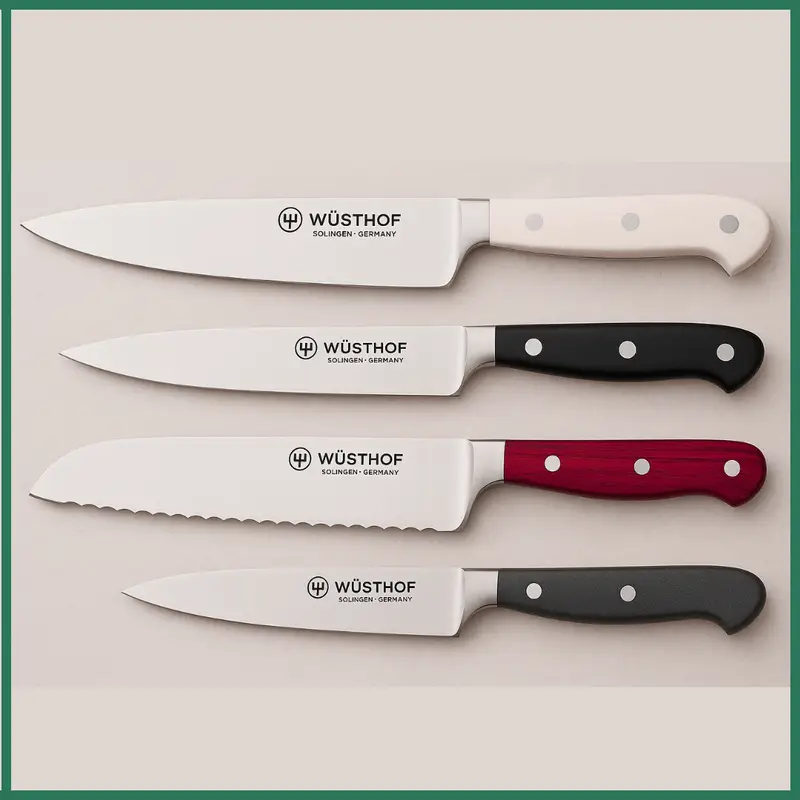
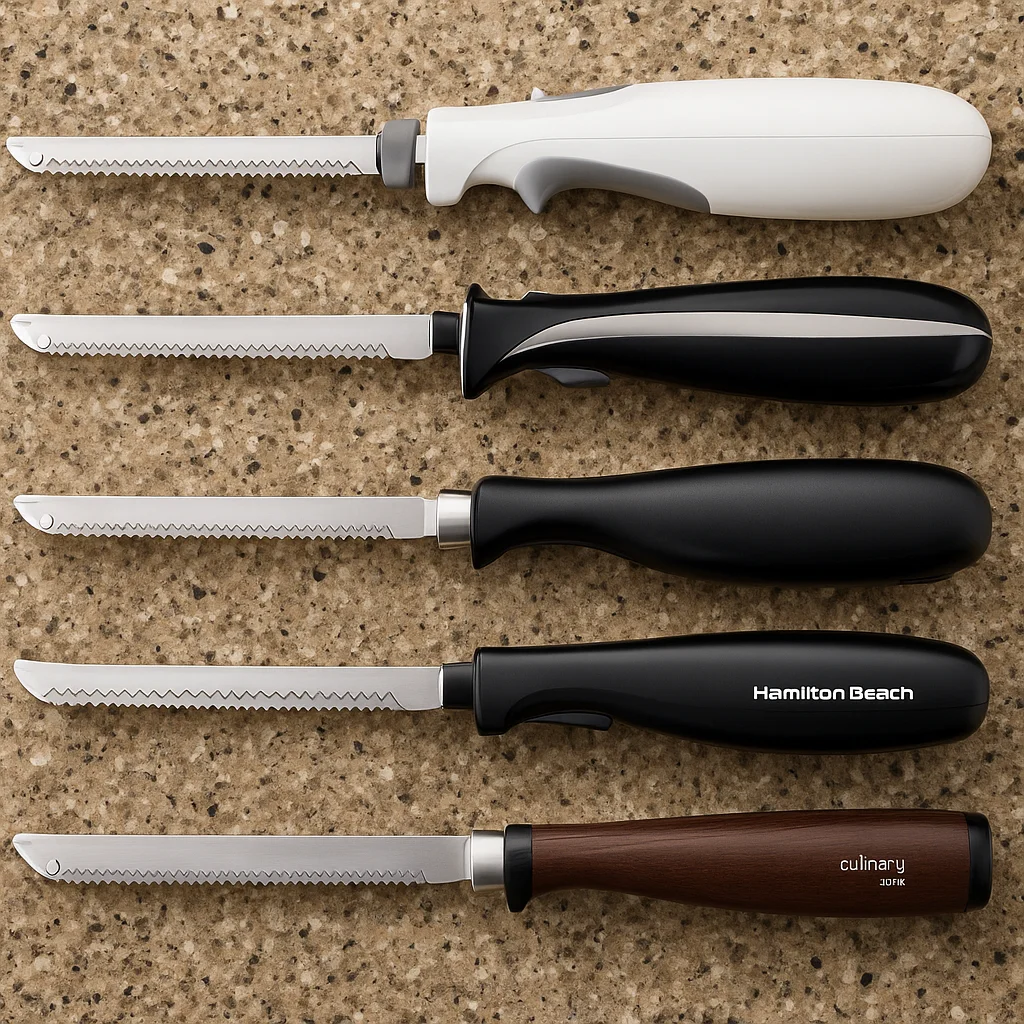
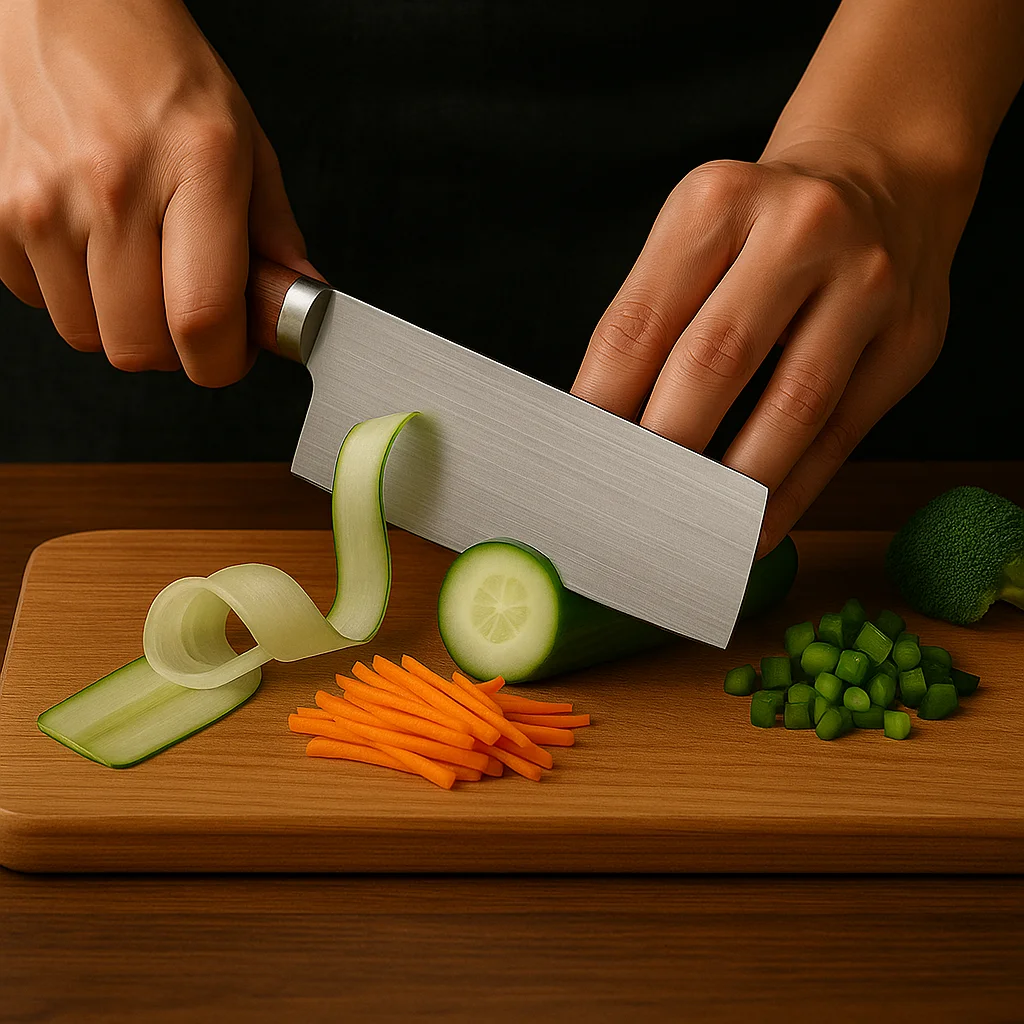
Leave a Reply